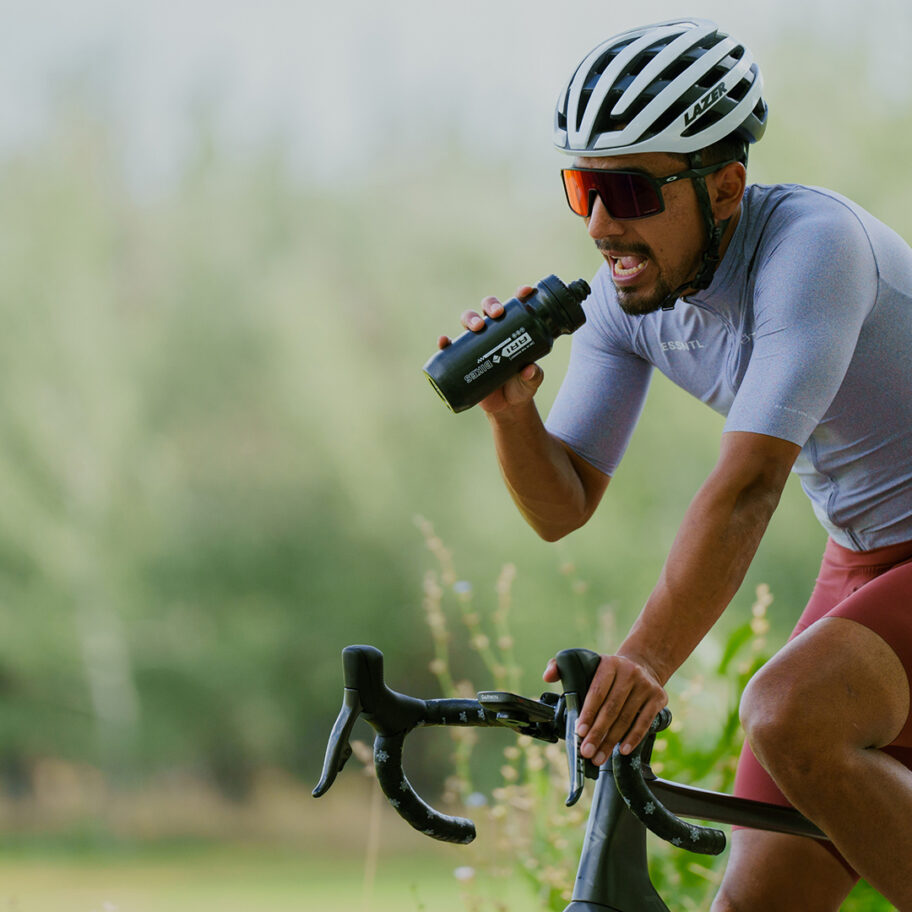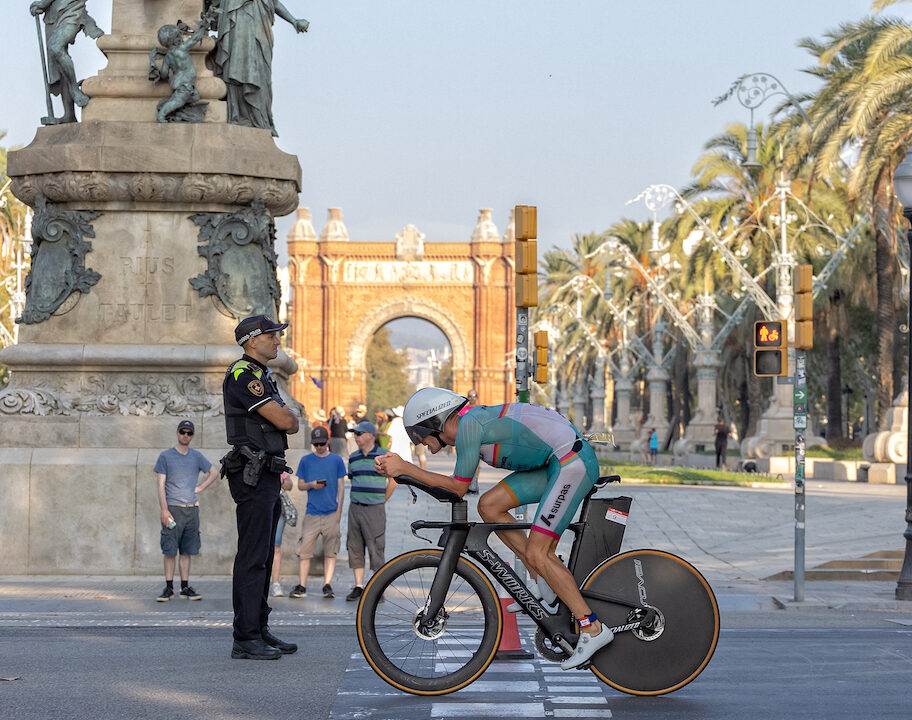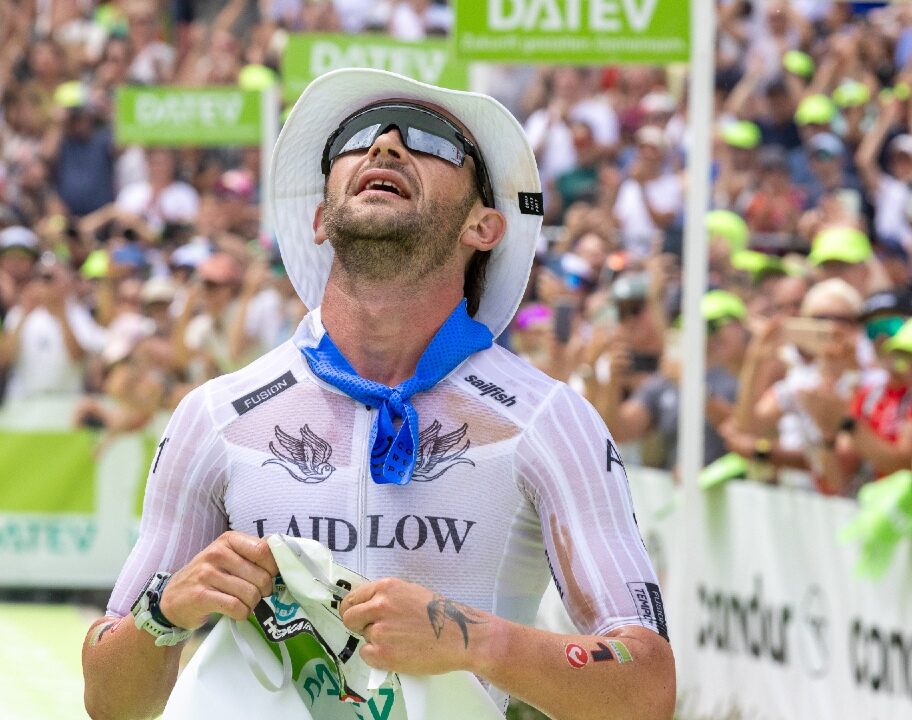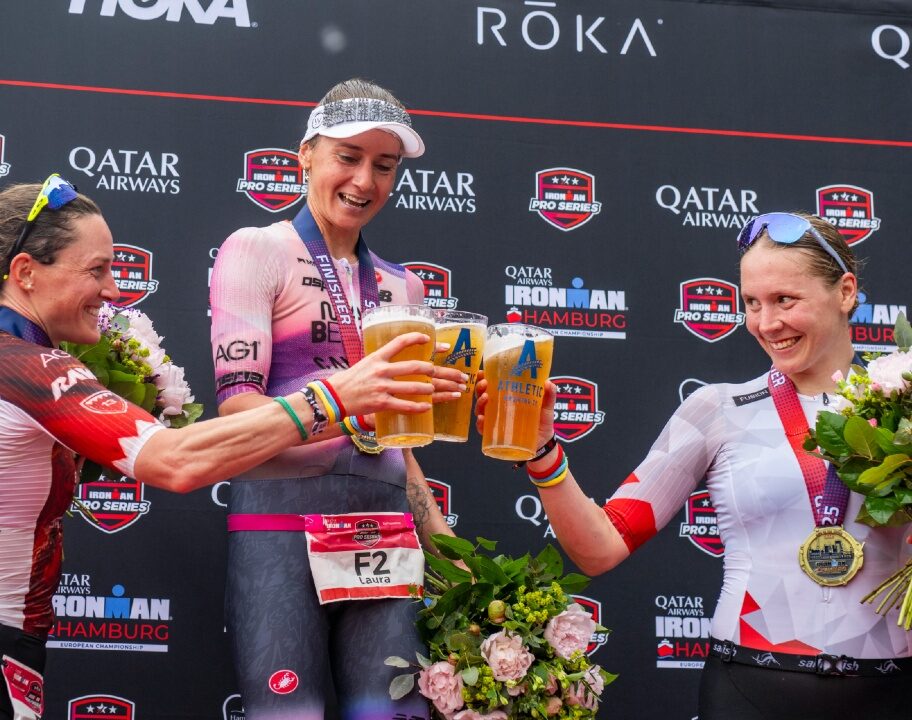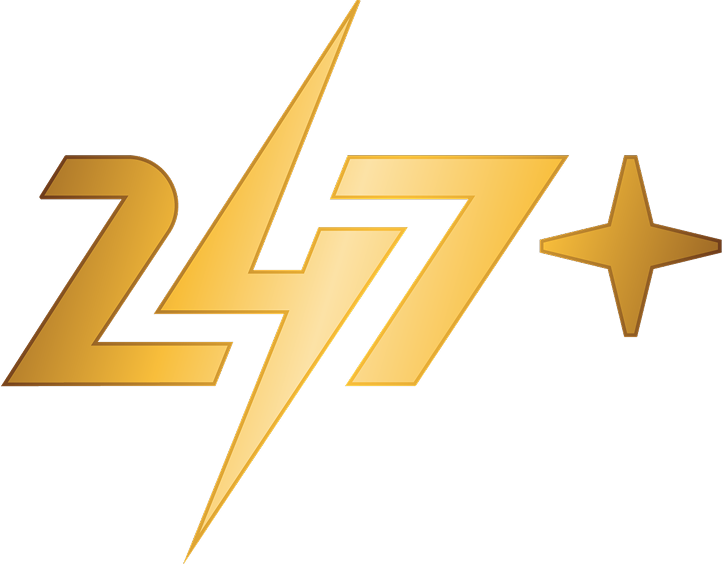In the summer of 2025, FORM launched the new Smart Swim 2 PRO goggles, building on the second iteration of FORM goggles with a more durable lens and the promise of a fog-free swimming experience.
I got my chlorine-wrinkled hands on a pair pre-launch, and after a few months of testing I’m bringing you my verdict. If you’re an existing FORM-wearer, I’ll talk you through what’s new. And if you’re new to the smart goggles scene, I’ll also dive into what these goggles do, the use-case and what they’re actually like to swim in. Plus, there’s some pretty interesting data to wade through that FORM have shared from real, amateur swimmers who’ve been using these smart goggles.
What are FORM goggles?
FORM Smart Swim goggles are… well, smart swimming goggles! First launched back in 2019, these goggles use a see-through in-goggle digital display to give you real-time swimming metrics in your line of sight while you’re swimming. That first iteration saw the brand win the 2020 Red Dot Award for Product Design, and since then more advanced features and an improved fit have been brought in.
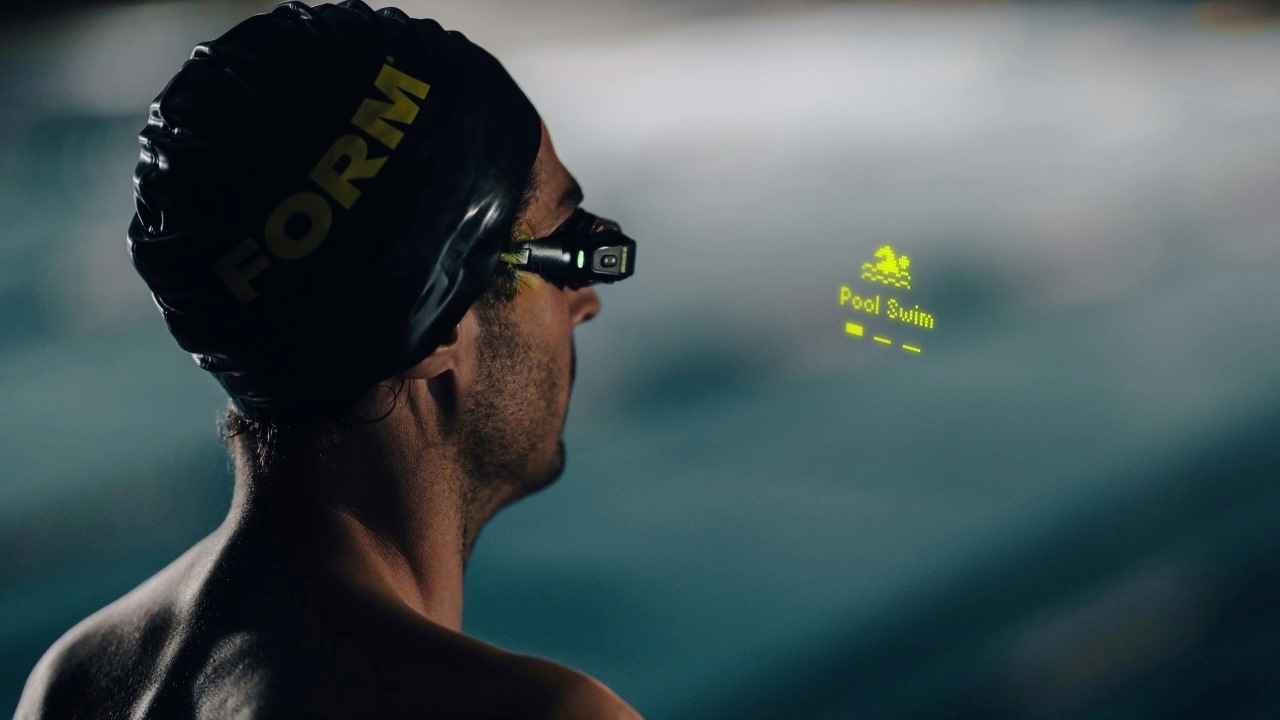
One of the key benefits of the FORM smart swimming goggles is you can get real-time data, and feedback on your swim stroke, while you’re swimming. You’ve got a digital display that sits just in front of your right eye, and you can set this up to give you a range of different stats. For example, your pace per 100m, your stroke rate, heart rate, interval time or interval distance. This is useful for managing your pacing, or keeping track of a workout without having to count lengths.
With a premium subscription, you can also access a library of swim workouts via the FORM app, import your own from TrainingPeaks and TriDot – or simply copy and paste text from your phone into the app. All of which means no more soggy bits of paper strapped to your water bottle in a desperate bid to try and remember what set your coach has given you.
Real-time swimming stroke feedback
But where these goggles get particularly useful and offer functionality far beyond a smart watch, is the real-time feedback they can give you on your technique. You get a ‘FORM score’ (out of 100) after each interval which is out of 100, which can be a useful indicator of when your technique is starting to fall apart as you get fatigued. It’s a cue to take a quick reset, rather than just compounding poor technique.
With the premium subscription, you can also use the HeadCoach™ feature which analyses your swimming and will give you a suggested technique focus – for example, head position – during your swim. It then uses in-goggle coaching prompts to give you a visual cue (in this case, keeping a dot between two lines) to help you improve. I’ll get on to my own experience of using this feature later in this review. But essentially, it’s a way to get some practical feedback on your stroke and guidance on how to fix it – without needing a coach on poolside whacking you with a pool noodle every time you over rotate. Pretty smart!
Post-swim analytics and suggested workouts
The nerdy data fun doesn’t stop when you get out of the water either. Who doesn’t love an excuse to sit around in your towel eyeballing your stats for even longer than usual!? After each swim you can take a look through a whole range of analytics in the app and track your progress over time.
Alongside being able to import your own workouts into the app, you can now access a library of swim workouts, including personalised workouts based on the goggles’ analysis of what you need to work on. And a new software feature is the ability to save a ‘free swim’ as a workout to use in future. So if you rock up to the pool and your lane buddies put together a decent set you want to replicate on your own some other time, you can just get your goggles to save what you did and reproduce it for you the next time.
Open water features
While I do think the use-case for these sits (swims) mainly in the pool to help you work on your technique. They are also compatible with open water swimming. The pace and heart rate data is useful if you struggle to manage your effort in open water and end up getting exhausted because you set off way too fast. They also have the SwimStraight™ feature which helps you to – you guessed it – swim in a straighter line in open water, using a patented in-goggle digital compass.
FORM Smart Swim 2 PRO – what’s new?
That’s a bit of a whistlestop tour of what the FORM smart swim goggles can do and the additional features you unlock with a premium subscription. Next let’s take a look at what’s new with the PRO version of the Smart Swim 2.
The main upgrade here is the use of Corning® Gorilla® Glass 3 for the goggle lenses. FORM say the Smart Swim 2 PRO goggles are the first to use this type of glass, making them ultra-durable, scratch-resistant and crack resistant without adding significant extra weight. The PRO goggles also come with an anti-fog spray and a refill rather than using an anti-fog treatment on the lenses themselves.
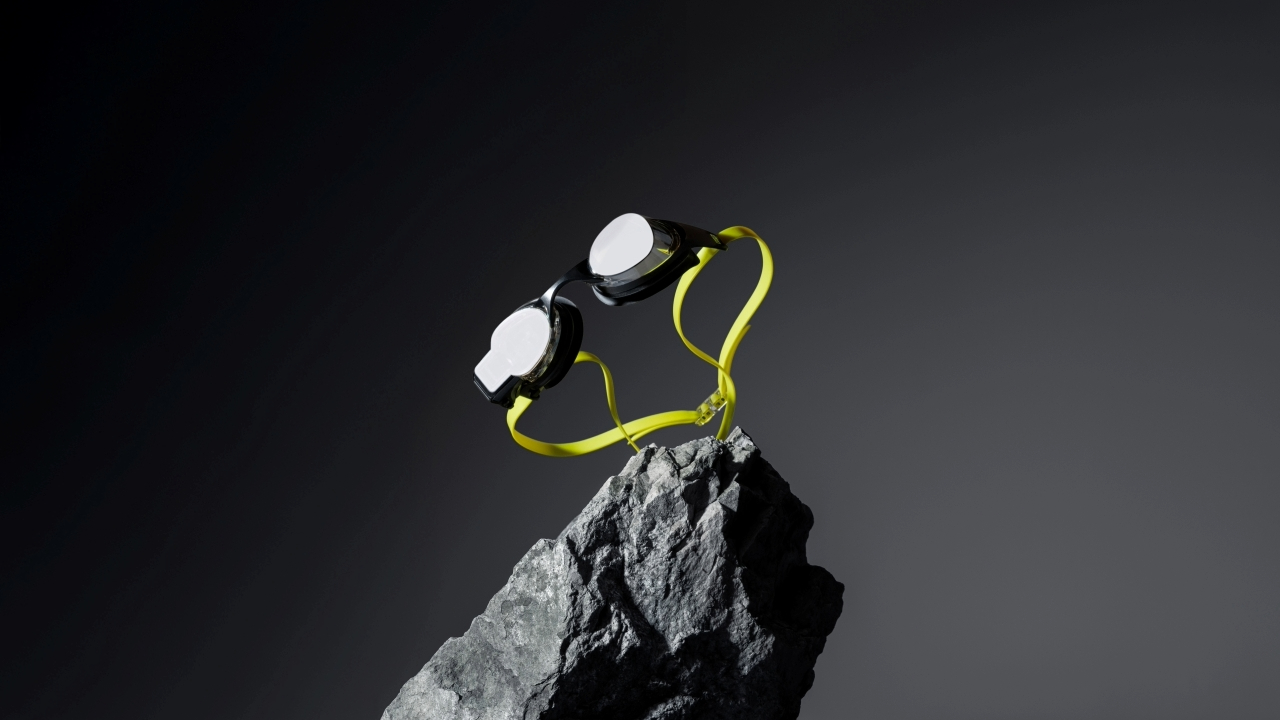
| Customisable augmented reality display | Real-time swim metrics for performance and technique |
| Scratch-resistant Gorilla® glass | Automatic stroke detection |
| Connects with smart watches and training trackers | Designed for pool, open water and swim spas |
| Post-swim analysis in the FORM app | Optical heart rate sensor |
| In-goggle visual coaching with HeadCoach™* | Guided workouts* |
| SwimStraight™ feature for open water* | Import TrainingPeaks and TriDot workouts* |
| Training plans* | RRP: £279 GBP / $329 USD / €329 EUR |
Note: When you purchase through some links on our site, we may earn a small affiliate commission
What are the FORM Smart Swim 2 PRO goggles like to swim in – and are they worth the investment for age-group triathletes?
So that’s what the FORM Smart Swim 2 PRO goggles can do. But what are they actually like to swim in?
Fit and comfort
Goggles can be a tricky thing to get right because we’ve all got different facial geometry which means one person’s holy grail goggle can be another person’s leaky nightmare. And it’s because of this that the likes of THEMAGIC5 have developed technology to give you a totally custom fit.
Thankfully for me, the one style/design option FORM offer has worked well with my face shape. You get a few different nose bridge options to help you dial in the fit, and there’s guidance in the FORM app to help you get it right. I switched out the nose piece for a slightly smaller option to bring the lenses closer together and that’s meant I’ve had no issues with these goggles leaking so far. Down the line, I think it would be nice to see FORM try and bring the tech to a few different goggle shape options as there’s got to be people who can’t use these purely because they can’t get a comfortable fit.
Are they as comfortable to wear as my trusty TRI-FIT VOLT goggles? No. But I wouldn’t expect them to be – that smart tech is naturally going to have to add a bit of extra weight to the goggles. And the gaskets are a little harsher to keep them in place. But they’re certainly not uncomfortable and I’ve spent up to an hour in the pool wearing these without issue – just slightly more vibrant goggle marks than usual. The integrated heart rate monitor is in the head strap. You do need to be a bit careful to make sure this has skin contact and isn’t sitting on top of your swim cap. But once it’s in place it’s not noticeable at all.
Since the first iteration, FORM have also refined the shape of the goggles to make them a little more hydrodynamic. Once you get used to them, they don’t feel too bulky at all. Though I have found that the shape of the lenses means I can “see” the water travelling over the top of lens a bit more as I swim compared to my usual goggles, which has taken a bit of getting used to.
In-water experience
As mentioned, I’ve not had any issues with the FORM goggles leaking. And the anti-fog spray they’ve included has worked well to keep things nice and clear. Obviously, you can just buy/make your own anti-fog spray so this alone isn’t a massive upsell if you’ve already got a pair of the FORM 2 goggles. But I do like that it means you can touch the lenses to your heart’s content without having to worry about a pre-applied anti-fog coating wearing off.
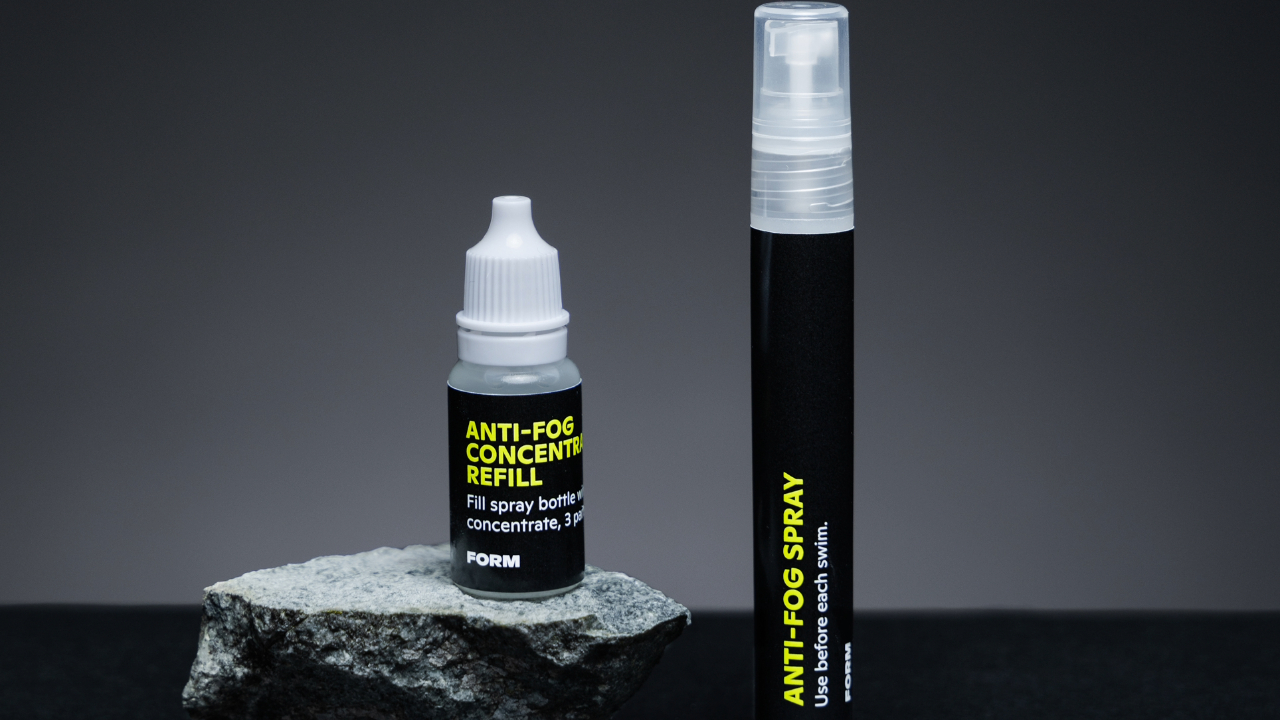
I’m a habitual lens toucher (what a thing to admit to on the internet!) and I’m also very guilty of not doing a particularly good job of taking my mascara off properly before swimming (I know, I know, don’t @ me). That means anti-fog coatings don’t last all that long for me. So maybe anti-fog spray is the way forward.
The automatic stroke detection is surprisingly accurate – I’ve tested these in a 50m pool and a 20m pool, and they’ve recorded the exact same distance as my Garmin every time. If you’re using to hitting lap at the end of every swim interval like I am (tell me you’re a triathlete without telling me!) you’ll have to work through some trust issues that the goggles are going to accurately capture your swim time versus rest time as the whole experience is ‘touch free’. But so far, they’ve got it spot on during every swim.
What is it like to swim with a digital display in front of your eye?
The digital display is surprisingly easy to read, once you get used to it. I have to wear glasses to look at screens and watch TV these days, but I don’t wear contacts. And even with my slightly fuzzy vision I can still read the display pretty clearly. The only time I did struggle was at an outdoor pool which had a metal basin rather than tile, in bright midday sunshine. But I think I could have solved this by adjusting the display brightness.
It doesn’t take long at all to tune into the LED display, and while it can be a little distracting at first it soon becomes second nature. My only advice would be to look down when you’re stopped at the end of the lane looking at the stats on the display. I found myself accidentally staring right at the guy in the lane next to me the other day – I wasn’t actually looking at him, I was reading my goggles!
How useful are the live metrics and technique prompts?
I’ve mainly used the FORM Smart Swim 2 PRO goggles in ‘free swim’ mode so I can muck around with different displays. So I’ve yet to test out using these to guide me through a workout. But getting live metrics like pace, interval time and FORM score has actually been really useful. It’s helped me to pick up on when I’m being inefficient and not actually swimming faster, despite trying harder. And when I’ve had specific pace or time targets, it’s been motivating to be able to see how I’m doing mid-rep rather than waiting until the end.
What’s really handy though, is the HeadCoach™prompts. The goggles quite quickly picked up that my head pitch and peak head roll (how much I rotate to take a breath) were off. The goggles gave me a visual prompt to fix this, bridging that gap between knowing what you’re doing wrong and knowing how to fix it. For peak head roll, you get two lines and a dot that you aim to keep in between the lines. That makes it so much easier to work out where your head should be, and if you’re actually making any improvements. So often in swimming, what we think we’re doing and what we’re actually doing are two different things. The instant feedback and visual cue of the digital display takes away that element of the unknown. Plus, it almost gamifies swimming – it feels a bit like playing Snake on a Nokia3310! I’ve found the reps pass by so much quicker when I’ve got a HeadCoach™ prompt going because I’m focusing on that, rather than just counting down how many lengths I’ve got left.
Can FORM goggles actually improve your swimming? A look at what the data says
It’s still too early for me to be able to measure if using the FORM goggles as a training tool have had a measurable impact on my own swimming pace. But FORM actually conducted their own study in 2024 using real, amateur swimmers to get a measure of how effective premium features like the HeadCoach™ analyses and guided workouts are at helping people to improve their swim pace.
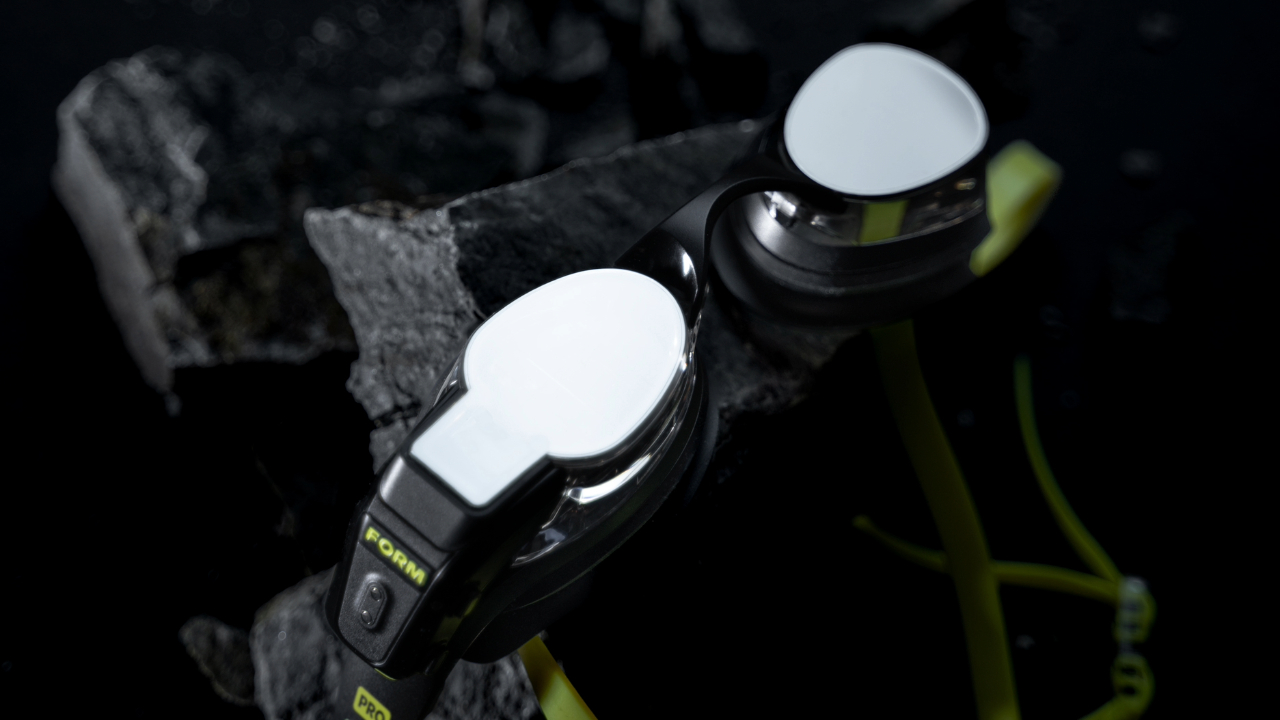
They took users who’d logged 50 swims or more, with each swim being at least 500m of freestyle. After removing any outliers, this created a dataset of 4,068 users and 625,443 logged activities. The users were then grouped into those using the workout feature, and those using ‘free swim’. Overall, the data found that FORM swimmers averaged a 4.6 second per 100m improvement – which would equate to taking 93 seconds off your 2km swim time. And those in the workout group also hit that improvement far sooner, with a 5% improvement after 165,000 metres of swimming versus a 3.5% improvement after the same distance for the free swim group. FORM have extrapolated from this that FORM users making use of the premium features can achieve 1.4x greater swim gains.
For me? I’ll need a few more months of using the goggles regularly to really track a difference, but so far the HeadCoach™ features have certainly helped me with some awareness of where I’m still going wrong in my stroke and how to fix it. With swimming being such a technical sport, that’s all really useful data that I wouldn’t have without using these goggles.
So, are the FORM Smart Swim 2 PRO goggles worth it for amateur triathletes?
As ever, what’s ‘worth it’ or not when it comes to your triathlon gear is all relative. An equation of how much you want to get into the nitty gritty of improving performance versus how much you want to invest on gear.
I think completely new, adult-onset swimmers who are still just trying to get the fundamentals of swimming freestyle down are probably better off joining a tri club or a masters swim group to get some hands-on coaching first before they consider using something like smart goggles to refine the details.
A useful training tool to stay focused and improve technique
But if you’re someone like me, who’s been swimming consistently for a few years and hit a stage where you’re struggling to make much more progress through fitness alone. The FORM goggles can be a really useful training tool to help you find the weak spots in your technique – and actually do productive work to fix them. Being told to fix your head position or stop over-rotating, without any feedback on if you’re actually getting any better is kind of useless. So the real-time visuals to help you commit a change into muscle memory and get live feedback on if you’re improving or not is super valuable. The data metrics like pace and heart rate are also a great way to make sure you’re actually training in the correct energy zones to get the desired training effect out of a swim workout.
I also think the FORM Smart Swim 2 PRO goggles are great for swimmers who struggle to stay motivated or to stick to a structured workout in the pool. The ability to import workouts from your TrainingPeaks or follow FORM workouts created based on your own strengths and weaknesses will keep you honest, help you to be productive with your pool time – and it’ll probably help the metres or yards to pass far quicker than ploughing up and down doing aimless front crawl.
Verdict
Overall, I’ve enjoyed using the FORM Smart Swim 2 PRO goggles and I’ll continue using them as a training tool to keep chipping away at getting my swimming up to scratch. They do feel a bit heavier and slightly less comfortable than my every day goggles (the TRI-FIT VOLT) and I want to make sure I’m using them as a tool, not a crutch. So I’ll probably mix and match between the two. And I don’t think I’d race in the FORM goggles as A) I think it’d hurt if you got hit in the eye by another swimmer wearing these and B) it’s an expensive bit of kit to leave shoved in a transition bag.
But as a training tool, I see a huge amount of value in these. And with the upgrades on the new PRO version – particularly that ultra-hard wearing Gorilla glass – I think they’ll last a long time, too. So if you’re looking to improve your swimming, without having to pay a coach to stand on poolside for every set. These are certainly worth considering!




